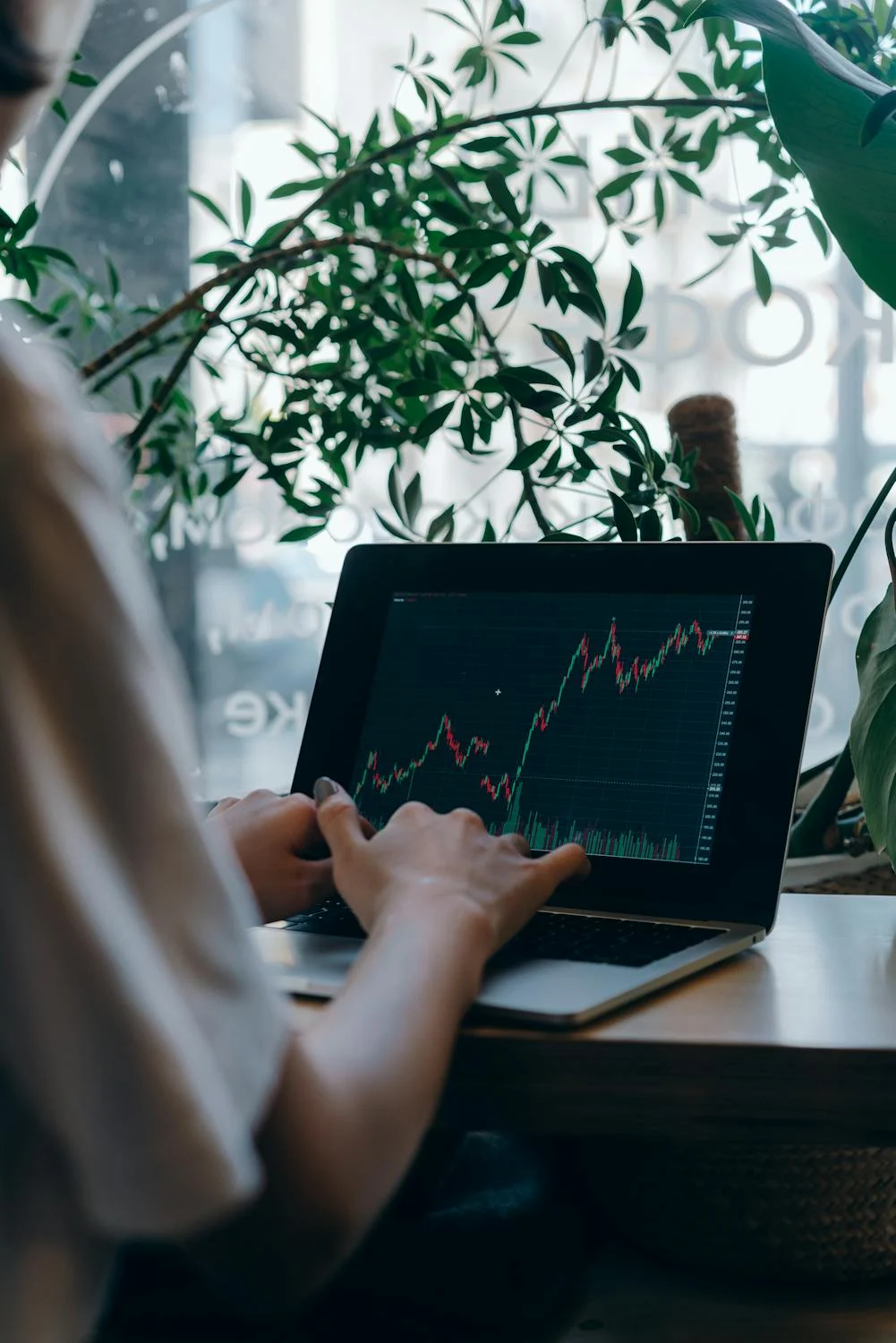
The landscape of trading has transformed dramatically, introducing complexities that demand more than basic technical analysis skills. Today's markets require a systematic approach built on proven principles rather than hunches.
Here are some tips for building a winning trading strategy in 2025.
Modern trading platforms process millions of transactions per second. This technological revolution has fundamentally altered how markets respond to information. High-frequency trading algorithms execute complex strategies faster than any human could blink. Price movements that once took days now occur within microseconds. The integration of artificial intelligence into market analysis has redefined traditional trading patterns. These sophisticated systems identify and exploit inefficiencies with remarkable precision. Institutional traders leverage quantum computing to process vast datasets, making decisions based on correlations invisible to the average trader. Traditional technical indicators struggle to capture these nuanced market movements. What previously signaled a clear trend reversal might now represent nothing more than algorithmic noise. Professional traders have adapted their strategies accordingly, focusing on longer timeframes where human decision-making still influences price action.
Capital preservation supersedes profit generation. This principle stands unchangeable, regardless of market conditions or trading style. Professional traders understand that consistent returns come from managing risk, not chasing profits. Position sizing determines long-term survival in volatile markets. Even the most sophisticated strategy fails when overleveraged. Smart traders never risk more than 1% of their capital per trade, understanding that preservation of capital enables them to capitalize on future opportunities. Stop-loss placement requires both mathematical precision and market understanding. Putting stops too close guarantees unnecessary losses in volatile conditions. Setting them too far risks unacceptable drawdowns. Successful traders find this balance through rigorous testing and experience.
Strategy creation demands precise rules. Emotional decision-making leads to inconsistent results. Those exploring systematic trading approaches often discover that strict adherence to predetermined rules significantly improves performance. Multiple timeframe analysis provides crucial context. Five-minute charts might signal an entry, but daily trends determine the overall direction. Professional traders align their positions with larger market forces, understanding that fighting the trend rarely produces profitable outcomes. Entry and exit rules must adapt to changing market conditions. Volatile periods demand wider stops and smaller positions. Ranging markets require different profit targets than trending ones. Successful frameworks incorporate these variables while maintaining consistent risk parameters.
Order flow reveals institutional intentions. Large players cannot hide their footprints completely. Understanding how to interpret volume patterns provides insight into potential price movements before they occur. Intermarket correlations influence individual asset prices. Bonds affect currencies. Commodities impact stocks. Professional traders monitor these relationships, understanding that seemingly unrelated markets often drive price action in their chosen instrument. Technical indicators serve as guides rather than the gospel. Moving averages identify trends. Oscillators suggest extremes. However, successful traders combine these tools with price action, volume analysis, and market context to make informed decisions. Furthermore, understanding the macroeconomic backdrop is crucial; factors like interest rate decisions, inflation reports, and geopolitical events create the broader environment in which all markets operate, influencing risk appetite and asset allocation strategies.
Mental preparation plays a crucial role in determining the quality of execution. Strategy alone means little without proper psychological conditioning. Professional traders develop routines that help them maintain emotional equilibrium during market hours. Factors like sleep patterns and exercise directly impact decision-making, cognitive function, and stress response, influencing trading performance just as much as technical analysis or risk management. For traders with funded trading accounts, mental discipline is especially important. But how do funded trading accounts work? Funded trading accounts allow traders to access capital provided by a prop trading firm in exchange for a share of the profits they generate. Mental preparation plays a critical role in this process, as maintaining emotional discipline and focus under pressure helps traders consistently follow risk rules and make objective decisions, ensuring they can meet the firm’s expectations and protect the capital they’re managing. Nevertheless, regular performance reviews help identify areas for improvement, while documenting trades offers insights into behavioral patterns.
Paper trading validates framework effectiveness. New strategies require testing without emotional attachment to outcomes. Professional traders simulate various market conditions before risking real capital. Position scaling builds confidence systematically. Starting small allows focus on execution rather than profits. Size increases follow demonstrated consistency rather than emotional impulses. Continuous adaptation ensures sustained performance. Markets evolve constantly. Trading frameworks must adjust accordingly. Professional traders review and modify their strategies regularly, ensuring continued effectiveness in changing market conditions.
Building effective trading strategies requires dedication. Sustainable success comes from disciplined execution rather than sporadic wins. Expert traders understand that longevity in markets demands continuous learning and adaptation.